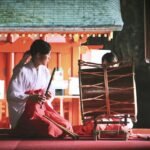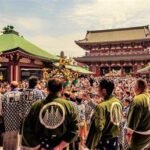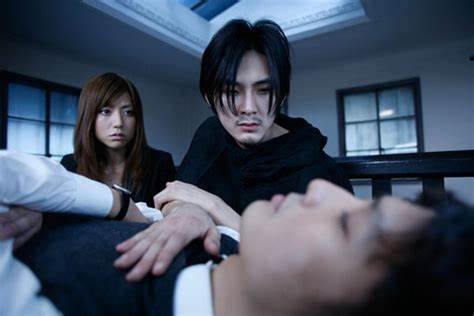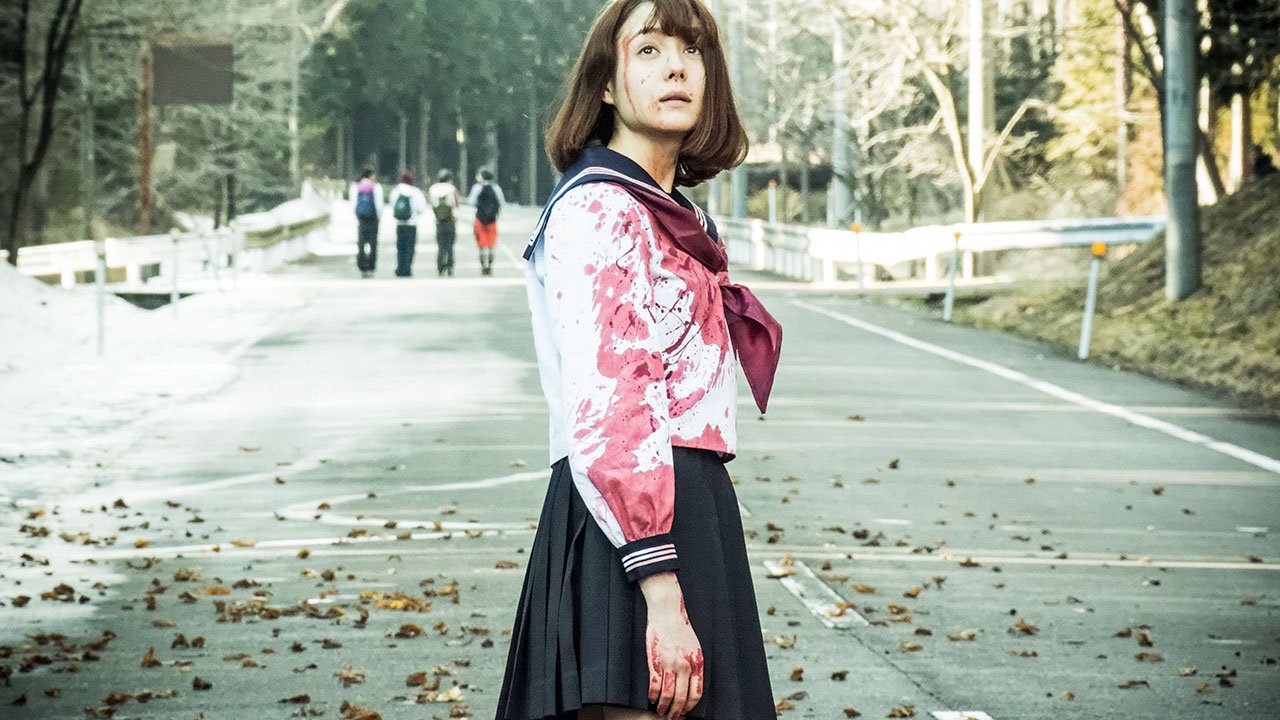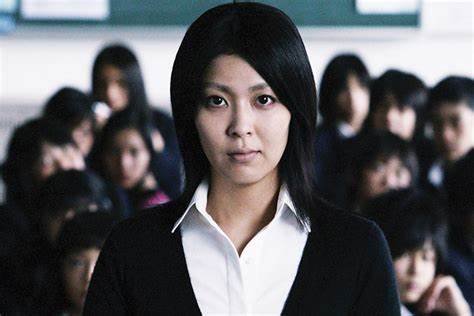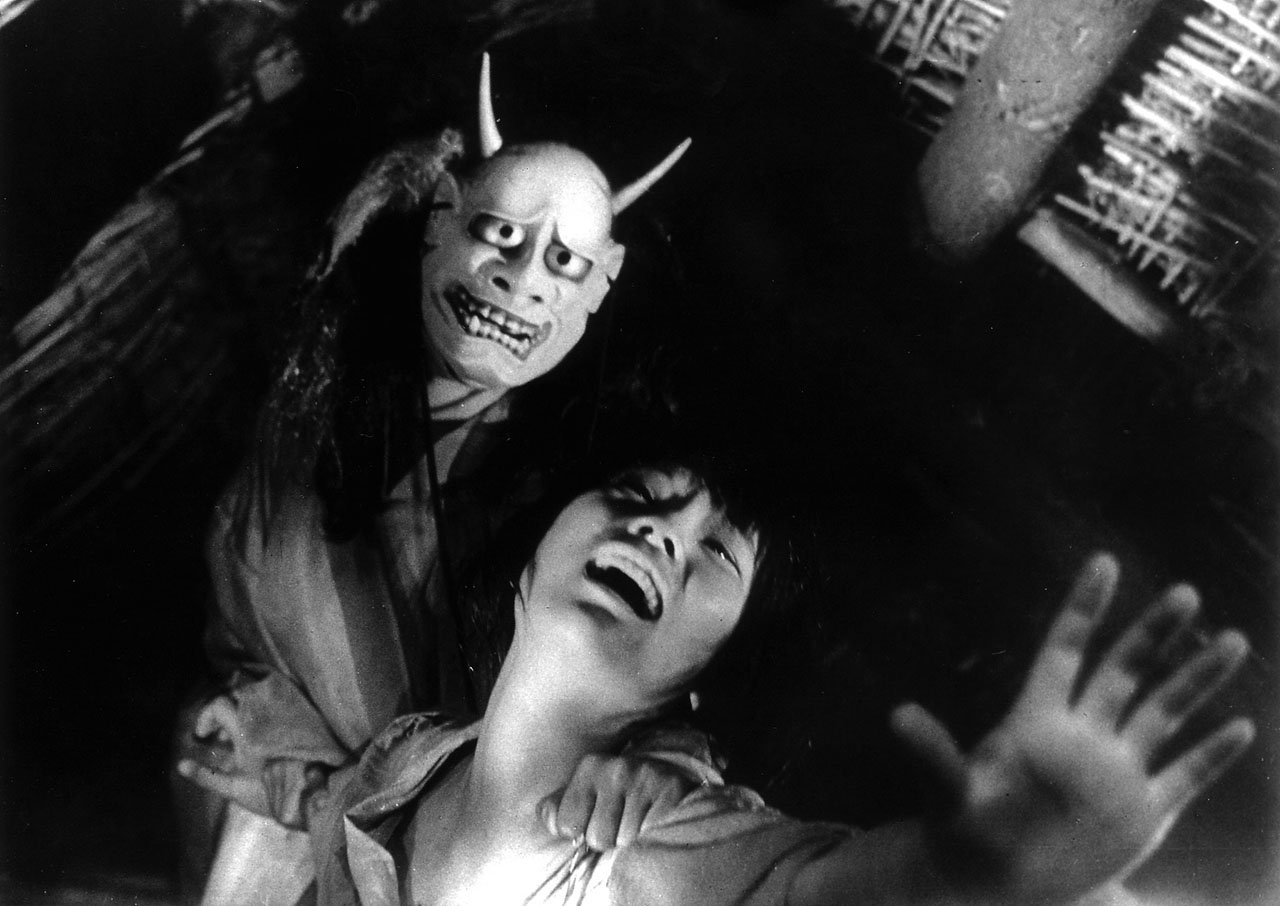Japanese films are celebrated for their unique approach to psychological horror, offering a deeply unsettling experience that often lingers long after the credits roll. Unlike Western horror, which frequently relies on graphic violence and supernatural monsters, Japanese psychological horror delves into the human psyche, exploring fears, anxieties, and the unknown. This article unravels the intricacies of psychological horror in Japanese films, examining how they create terror through subtlety, cultural elements, and emotional depth.
The Foundation of Psychological Horror
Psychological horror in Japanese cinema focuses on the mind and its vulnerabilities rather than on overtly horrific imagery. Films often explore themes of isolation, mental anguish, and existential dread. This approach builds fear through suggestion and atmosphere, creating a lingering sense of unease. Unlike the shock tactics commonly used in Western horror, Japanese psychological horror relies on a more nuanced and introspective form of terror.
Cultural and Supernatural Influences
Japanese psychological horror frequently incorporates elements of cultural folklore and supernatural beliefs, adding layers of complexity to the narrative. The interplay between traditional beliefs and modern fears creates a unique blend of horror that is both culturally specific and universally unsettling. For instance, films like Ringu and Ju-on: The Grudge combine psychological terror with supernatural elements, reflecting deep-seated fears rooted in Japanese culture.
The use of ghosts and curses in these films is not just for scares but also to explore psychological themes. The malevolent spirits often symbolize deeper emotional and psychological struggles, such as guilt, grief, and unresolved trauma. This fusion of cultural elements with psychological horror enhances the films’ emotional impact and resonance.
Atmospheric Tension and Uncertainty
Atmosphere plays a crucial role in Japanese psychological horror. Filmmakers use minimalistic settings, subdued lighting, and long, lingering shots to create a sense of dread. This emphasis on atmosphere allows for a slow build-up of tension, where the horror is felt more than it is seen. Films like Dark Water and Noroi use atmospheric techniques to craft a haunting environment that unsettles viewers without relying on explicit scares.
The uncertainty and ambiguity in these films contribute to the psychological tension. By leaving certain elements unexplained or open to interpretation, Japanese horror films create a sense of lingering dread and unease. This approach engages the audience’s imagination, allowing them to fill in the gaps and heighten their own sense of fear.
Exploration of Psychological Trauma
Many Japanese psychological horror films delve into themes of mental illness and psychological trauma, presenting horror through the lens of personal and emotional struggles. Films like Audition and The Tale of the Princess Kaguya explore the darker aspects of human psychology, such as obsession, madness, and the effects of past trauma.
These films often portray characters dealing with profound psychological issues, and the horror emerges from their internal conflicts and vulnerabilities. By focusing on the emotional and mental states of the characters, Japanese psychological horror creates a more intimate and disturbing form of terror that resonates on a deeper level.
Characterization and Emotional Depth
Japanese psychological horror films typically feature complex characters with rich emotional backgrounds. The depth of characterization allows viewers to connect with the characters on an emotional level, making their psychological torment more impactful. Films like The Ring and Kairo present characters who are grappling with personal fears and anxieties, which in turn magnify the horror elements.
The emphasis on emotional depth and character development helps to build a stronger connection between the audience and the film. This connection makes the psychological horror more effective, as viewers become invested in the characters’ struggles and are more deeply affected by their experiences.
The Use of Ambiguity and Non-Linear Narratives
Ambiguity and non-linear storytelling are common in Japanese psychological horror, adding to the sense of unease and uncertainty. Films like Noroi and Kairo use fragmented narratives and found footage techniques to create a disorienting and unsettling experience. The lack of clear explanations and the shifting perspectives contribute to the psychological tension, leaving viewers with a sense of lingering dread.
This approach to storytelling allows for a more immersive and unsettling experience, as the audience is left to piece together the narrative and interpret the horror on their own. The ambiguity and non-linear structure enhance the psychological impact, creating a more profound and lasting sense of fear.
Conclusion
Japanese psychological horror films offer a unique and deeply unsettling approach to the genre, focusing on the human psyche, cultural elements, and atmospheric tension. By exploring themes of mental anguish, trauma, and existential dread, these films create a form of terror that is both introspective and universally resonant. The use of subtlety, ambiguity, and emotional depth distinguishes Japanese psychological horror from its Western counterparts, offering a distinctive and powerful cinematic experience.


